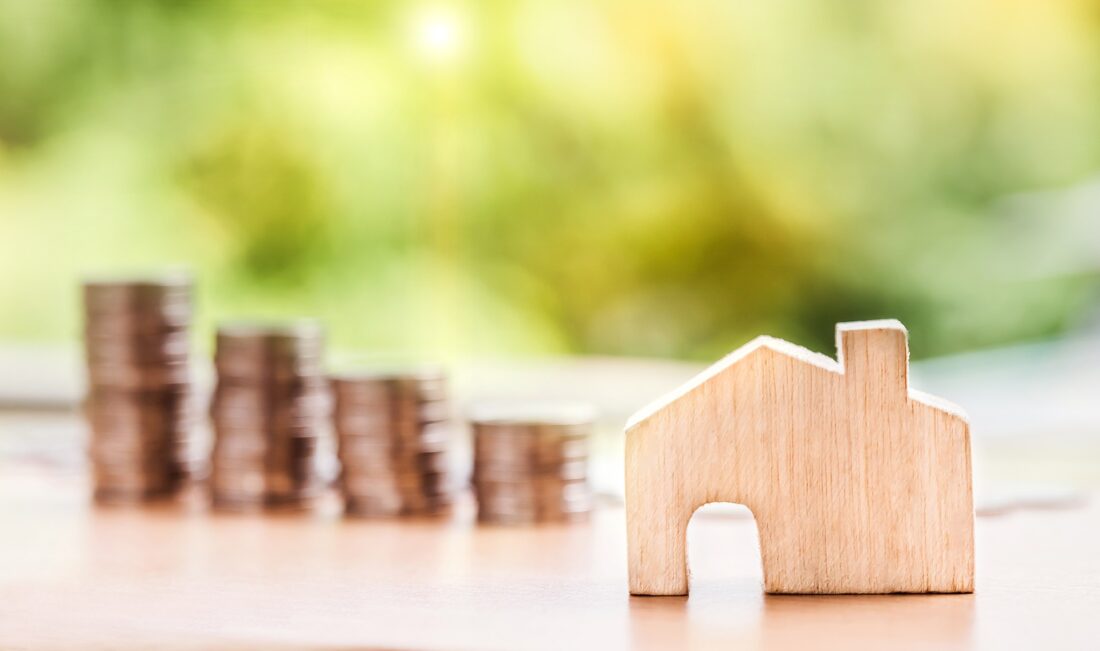
Breast augmentation is one of the most common types of cosmetic surgery around the world and it has helped thousands of women everywhere to feel more confident and more comfortable in their own skin. If you have been considering this operation then you will no doubt have many questions about it, just like I did prior to my op. The problem hen looking for answer online however is that sometimes you can find yourself looking at nothing but bad news and horror stories, hardly something which will help you out.
In light of this then, I wanted to share some answers to some of the burning questions which you might have about breast augmentation surgery, to help you make your decision.
How Much Does It Cost?
Prices vary from clinic to clinic and this will depend upon their experience, expertise and geographical location. This aside, the average cost of a breast augmentation op runs at around $3,600.
Perfect Candidate?
The perfect candidate for this procedure is someone who has fully formed breasts and someone who has not recently had a baby, or is pregnant.
How Long Does The Op Take?
The op will take around half a day from the moment that you walk into the clinic to the moment that you leave. The procedure itself takes no more than 2 hours.
Does It Hurt?
The op itself doesn’t hurt because of the anesthetic which is administered to the area. What can smart a little is the days after your operation as your body learns to change with the implant, and as your skin heals from the incision.
Recovery Time?
The recovery time for a procedure like this is incredibly short and some women are able to go back to work after just 3 days. What is recommended is that you take it easy for at least a week, and avoid heavy lifting or exercise. You may be given some pain meds in case it hurts more than anticipated, but generally speaking you shouldn’t need them. The worst thing that I felt was not pain but rather over sensitivity of the breasts, something which subsided after just a few days.
What Can Go Wrong?
As with any kind of procedure or operation, there is always something which could go wrong, thankfully in the case of breast augmentation however, this only happen sin very rare cases. Some of the things which you could experience are that your body could reject the implant, you may have an infection in the area of incision if not properly cared for, or the tissue around your breast may not combine well with the tissue causing capsular contracture which makes the implant move to an unnatural location. As I mentioned before, these incidents are rare and you should speak with you surgeon first about any concerns which you may have.
Hopefully that has answered some of your questions for now, the only other advice I would give you is to avoid Googling too much about the procedure.

